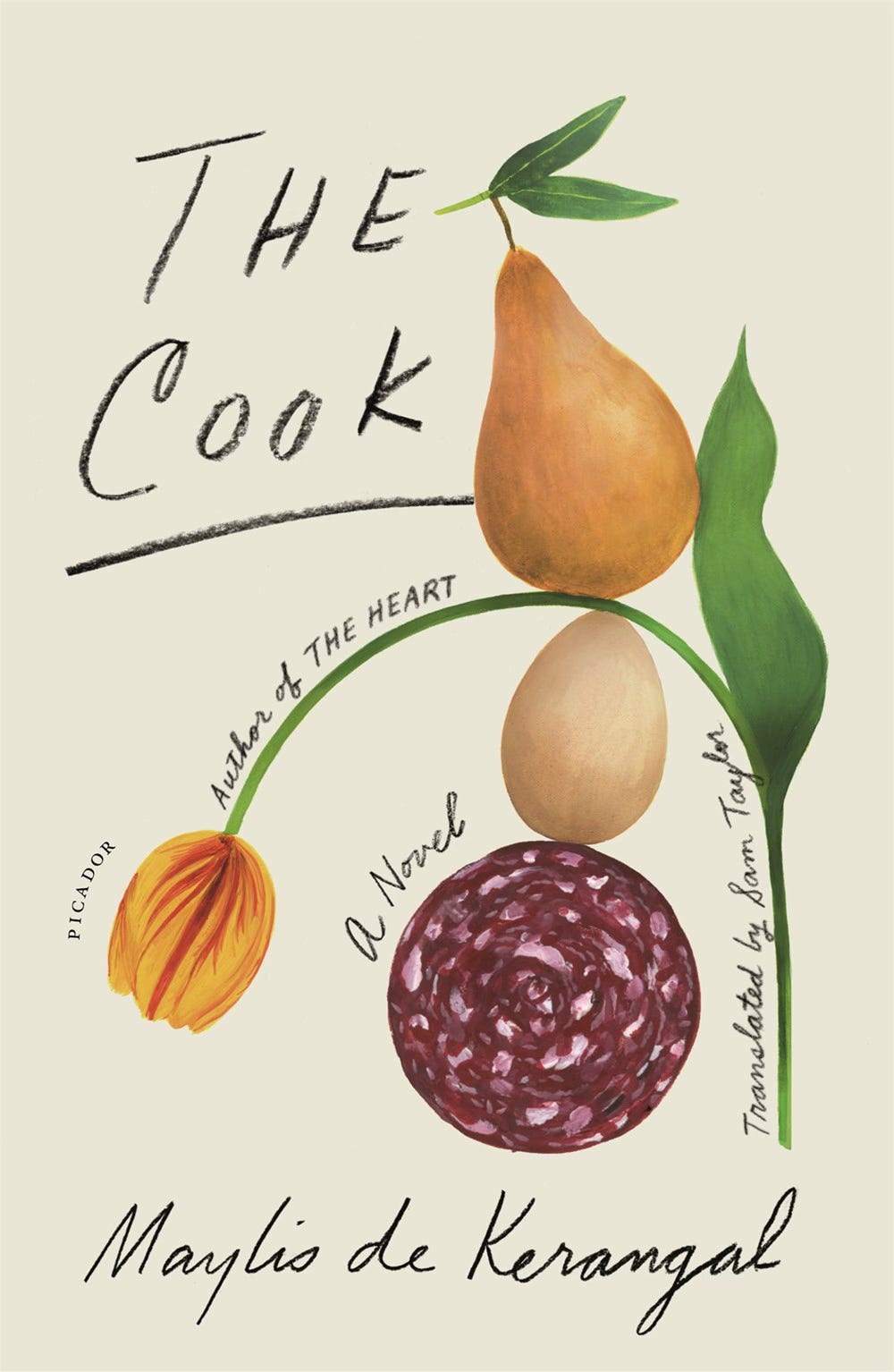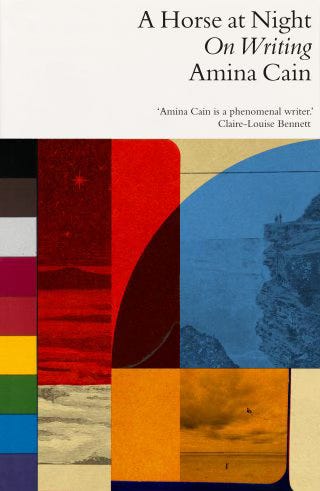I grew up with the phrase ‘never judge a book by its cover’ drilled into me. Whilst it’s often used in regards to people, rather than its literal meaning, I remember walking around one of my local libraries as a child, with my mother putting books in my face and me shaking my head after one look.
“You might like it,” she would tell me. “You know what they say, never judge a book by its cover.”
I would shrug it off, much preferring to have been on the family computer than in the library, because I struggled to find the books I liked and therefore ruled all of them out as boring. Whilst I no longer view books as boring, I still find I fail to listen to my mother’s advice about judging their covers.
In a publishing climate where social media is heavily intertwined, the aesthetics of a book cover can often prove make-or-break. Book covers have been important for decades, grabbing a potential reader’s attention in a bookstore through the visual appeal is nothing new. However, the importance of the cover has been exasperated ever since social media became the bookstore.
If the book doesn’t look well-suited next to an iced matcha, or on the beach, or on a perfectly white duvet, something’s wrong. I am often pulled into this aestheticisation of literature. I purchased the book Cleopatra and Frankenstein, for two reasons: I’d heard good things, and I loved the cover. I cannot say the same for the book itself.
Whilst I think there is a lot be said and explored about this growing phenomenon of the exterior of a book being almost as important than the words the book contains, this Substack will be far more straight forward. I will simply be sharing with you the book covers I have judged and decidedly liked.
To me, book covers are an important sub-genere of art, one I thoroughly enjoy, because I do judge books by the covers instantly. I am certain there are books I have previously disregarded thanks to one quick glance of the cover alone, and books I have picked up and considered due to the beauty of its jacket.
So, here are five book covers that I really love, with some thoughts attached…
Outline
If you’ve ever taken a look at author Rachel Cusk’s work in a bookstore, you will quickly realise her book covers all follow a similar design pattern: a white/cream border with a picture or design in the middle. Her latest novel, Parade, slightly deviated with the featured picture being smaller than the rest of her covers compared, taking up just half of the cover rather than the whole of it.
The Outline trilogy books has always grabbed my attention, thanks to its consistent design that forces me to stop and notice them. I eventually picked up Outline and read it, although I’m not sure I properly appreciated it. It’s because I read it over a long period of time whilst being in a reading slump, so I don’t think I can give a trusted opinion on the book just yet. Thankfully, I am simply reviewing the cover art, rather than the book itself.
Prior to the success of the Outline trilogy, Cusk’s work had an array of designs. But Rodrigo Corral, the creative director and designer for Farrar, Straus & Giroux, is behind the minimalistic design that was first implemented on Outline. Cusk’s work has since been reprinted with Corral’s design imposed, making her work often the most uniform in any bookstore.
When researching for this piece I found out Corral also designed one of the most iconic books of my teenage years: The Fault In Our Stars. His talent was already evident, but it is now undeniable.
Play It as It Lays
One glance at my Substack and you will know I am a big Joan Didion fan. Her most popular novel, Play it as it Lays, is truly a triumph in my eyes, and I read it within a span of a couple of days as I continued to explore Didion’s work for the first time some years ago.
The original US edition cover is iconic, with the symbolic snake on the cover and the bright pink at the top behind the title is not only eye-catching, but perfectly reflecting of the book’s themes.
This cover was designed by Janet Halverson, she was a designer behind many of Harper’s covers in the 50s and 60s, as well as a range of book covers during this period. Not only did she provide the cover for Play It as It Lays, she also designed the cover for A Book of Common Prayer, another novel by Didion.
Little is known about Halverson, despite her designing what is not only a popular cover in its own right, but the cover for one of the most popular novels in the 20th century.
After an exhibition of Halverson’s work at the Katherine Small Gallery in 2023, Halverson’s niece got in touch to share some more information about the designer. My favourite fact she shared was that Halverson hated her cover for Colleen McCullough’s The Thornbirds, with her niece sharing: “She said she never wanted to see the book again.”
The People’s Graphic Design Archive has a great page dedicated to Halverson, sharing what little is known about her as well as compiling her work. You can check it out here.
The Cook
This is the first book on the list that I actually have not read, but the cover art for The Cook by Maylis de Kerangal, introduced me to an artist I now admire very much: Na Kim.
You may recognise her name because The New York Times recently profiled Kim (my ego needs me to point out I knew of her work before this article). Not only is Kim the art director at The Paris Review, she is probably behind some of your favourite book covers.
Her most well-known may be Pure Colour by Shelia Heti, the minimalist cover is strikingly beautiful and sums up the novel well, despite the lack of detail, but the first work of Kim’s that I really loved was her cover for The Cook.
There are two reasons I have not actually read The Cook yet. The book is only out in the US, meaning that cover is only out in the US. From my research I can seemingly purchase it second hand in the UK (or at least get it shipped over here) but this brings me to my second reason for not purchasing the book: I don’t think I’ll like it.
I have reached this perhaps hasty conclusion after previously reading another work by de Kerangal called Painting Time, and I simply did not enjoy it. I also didn’t like the cover for that book. Maybe things are different with The Cook, both in terms of the cover art and the writing itself, no shade.
A Horse at Night
A Horse at Night by Amina Cain is one of those books I think more people should know about.
Like many, if not all, writers, I am drawn to books that explore writing and reading, and this is exactly what Cain writes about through an essay style.
The book was recommended to me in the way most books are recommended to me now: via TikTok. Whilst I’m hesitant to take TikTok’s book recommendations at face value (see Cleopatra and Frankenstein above) I am glad I decided to pick this book up.
But what initially grabbed my attention was not the recommender’s thoughts on the book, but the cover itself. The colourful design mesmerised me in a such a way that I can’t quite put my finger on it. Yet, if you have read the book, you will know the cover somehow perfectly encapsulates the subject matter, although I suppose that is the point of cover art in the first place.
To me, the cover for A Horse At Night, looks like an array of colourful film slides that Cain is showing us, a glimpse into her world, just as she does through her writing in the book.
The UK cover, to which I am referring to, was designed by Tom Etherington, who is behind the cover art of some of the most talked about books in recent years, including The Story of Art Without Men by Katy Hessel and What It Feels Like for a Girl by Paris Lees.
Didion & Babitz
To finalise this first instalment, we have Didion & Babitz by Lili Anolik.
The cover of this nonfiction book is far more straight forward, simply two photos, one of each subject. Didion’s photo being one of her most famous, taken by Julian Wasser, and Eve Babitz’s seemingly from a photo booth. Both photos are in black and white, with the title in a bold font above and below the two women.
This is the second book on this list I have not read. I read, and largely enjoyed Anolik’s first book, Hollywood’s Eve, which explored Babitz’s life and work. So, as a big Didion fan, you may be wondering why I hadn’t picked up this new work from Anolik the moment it hit shelves.
I’d read reviews and I was unsurprised to learn the book didn’t look at Didion favourably. If you have read Hollywood’s Eve, Anolik does mention Didion briefly and explains her views toward the writer and her work, which are not favourable.
I’m not saying I refuse to read any work that is critical of Didion, she was not a saint and there are many opportunities to criticise her, but after reading Hollywood’s Eve, I struggled to read and engage with Anolik’s criticism towards Didion. This is because it doesn’t seem backed up by much reasoning aside from ‘I don’t like her’, which Anolik is within her right to say on a personal level, but doesn’t make for great literary criticism.
As a result, I struggled to convince myself to engage in a book I feared would struggle to back up its own arguments. Although, I suppose I can’t exactly criticise a book I am yet to read.
Despite these feelings I may harbour towards Anolik’s writing on Didion, the cover is every ‘hot lit girl’s’ wet dream. Leaving discourse around ‘lit girls’ aside, I can place myself in that category in this instance. I have nothing profound to say other than the cover looks cool. The two photos of Didion and Babitz that were chosen for the cover successfully encapsulate the desire and obsession around the aestheticisation of writers and literature that triggers Twitter discourse every other week. Regardless, I love it.
I’ve been playing around with this idea for a while and really enjoyed writing it! I’m not sure whether it will be a weekly or bi-monthly series, like everything I’ll figure it out as I go along, however I do know that only every other instalment will be available to free subscribers. So if you’ve enjoyed reading this, and want to make sure you have access to every instalment (as well as other paid-only content), consider becoming a paid subscriber! 🌟
Do you have any favourite book covers? I’d love to hear them below.
Remember you can connect with me over on Instagram at @thesethingsmatterr and @catherineros.e
All my love,
Catherine









